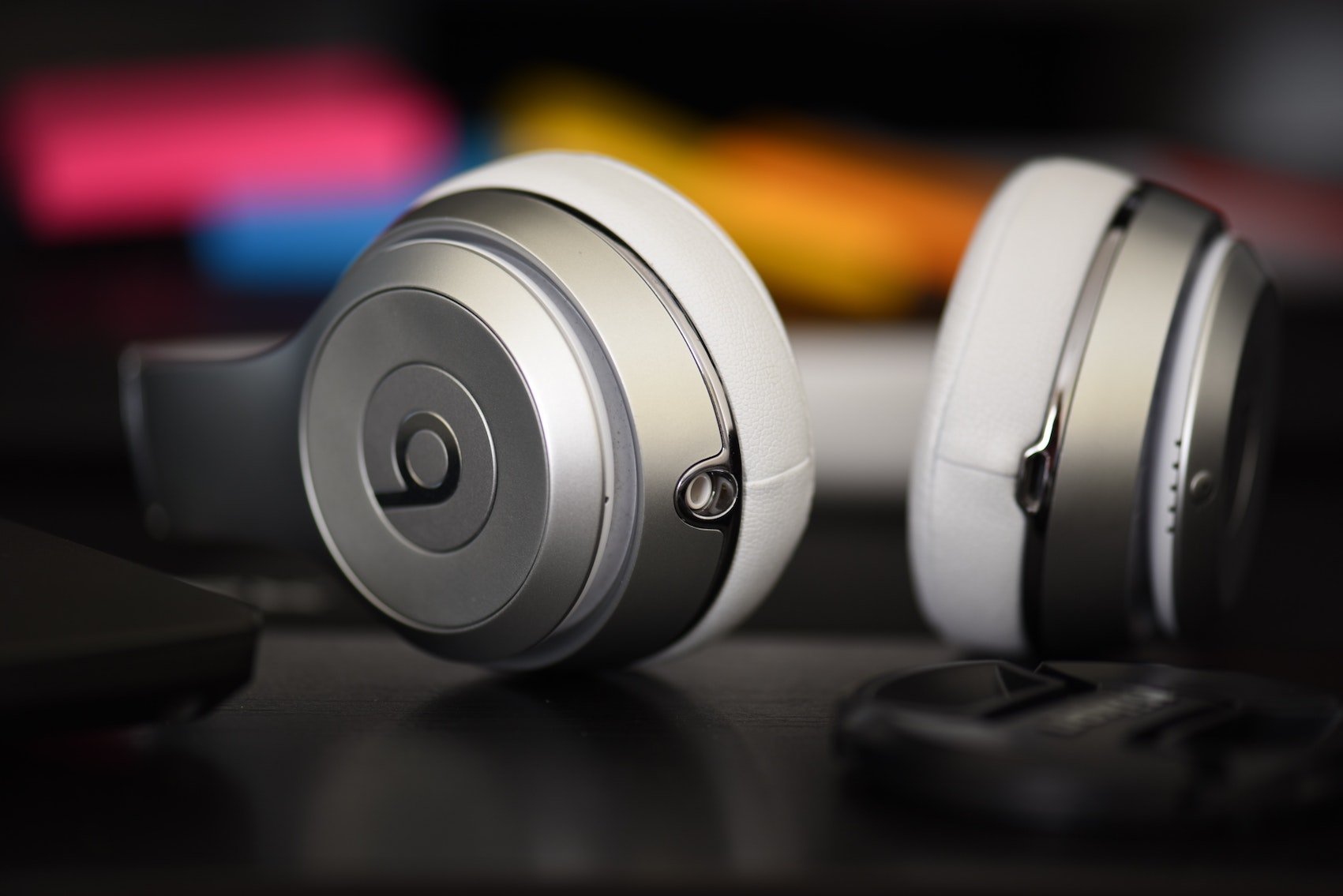#127 - Using Binaural Beats for Sleep
Wow! The 2020s are likely to go down as one of the crappiest decades of our time!
Thankfully there is this invention called ‘sleep’ - a peaceful break from the madness of self-serving older white men!
It follows that anything that may help to induce sleep sooner is a welcome gift.
So how about BBs?
Nope - we’re not talking about blue-blocking glasses (we already gave our scientific opinion on those).
In this case, we’re talking about Binaural Beats.
What Are Binaural Beats?
Sound is a frequency. A curvy line constantly going up and down.
A single up and down and back up again (ie, peak to peak) is a cycle.
The number of cycles in a second can be known as ‘frequency’.
And frequency is measured in Hertz (Hz) - after a German physicist.
Usually when we hear music in stereo, it is played at the same frequency.
But when sounds are played at different frequencies, the difference between those frequencies is known as a binaural beat.
So for example, if you’re listening to a sound in your left ear at 300 Hz, and another sound in your right ear at 340 Hz, after a few minutes your brain should hear a 3rd sound - which is at 40Hz (the difference between the two sounds).
This 40Hz sound is the Binaural Beat.
If you wanna discover this 40Hz Binaural Beat for yourself - here’s one right here.
Sleep Stages
Your brain produces frequencies too, and these brain frequencies change depending on whether you’re awake or asleep, as well as the depth of sleep.
The 40 Hz binaural beat explained above is one to listen to when you’re awake. It’s been said to help improve cognitive abilities (eg, Colzato et al., 2017).
Dr Andrew Huberman goes into more depth about the effects of the 40 Hz binaural beats in one of his many Youtube videos - even citing the Colzato and colleagues study mentioned above.
Side note: For those of you who are interested, the same group of researchers had another study investigating the effects of binaural beats retracted by a journal. Up to you whether you want to paint them with the same brush?
Regardless, the idea is to not use something like a 40 Hz binaural beat for sleep, as the frequency is too high. What this means is that our brain frequencies during sleep are much lower.
My PhD involved sitting in front of machines that continuously showed EEG frequencies. I was obsessed with alpha waves. Admittedly, they’re beautiful to look at, but I was interested in when they disappeared.
I was trying to pinpoint when people fell asleep for an array of my PhD studies. This occurred when their EEG would show bursts of alpha waves, which then disappeared.
When people are relaxed and have their eyes shut, there’s an increase in alpha waves.
When they fall asleep, there’s at least a 50% reduction in alpha waves.
You also see an increase in a different type of EEG frequency - theta waves. Unlike alpha waves (8 to 12 Hz), Theta waves range between 4 to 8 Hz. They occur in light stages of sleep.
Binaural Beats - Sleep Stages - So What?
There’s a theory that takes two steps.
First, that listening to binaural beats can induce EEG frequencies that are usually observed during sleep.
Second, that with training, these induced EEG frequencies will help people fall asleep.
Now you can spend the time searching for studies - reading them and deciphering them - so you can find out if there is scientific support for this theory. We recommend using Google Scholar and for starters, use the search terms ‘binaural beats’ and ‘sleep’.
If in future you’d prefer us to do this, and for us to let you know what we found, then simply sign up to our free weekly newsletter - and we’ll do just that!
Prof MG





